Contents
Guide
Pagebreaks of the print version
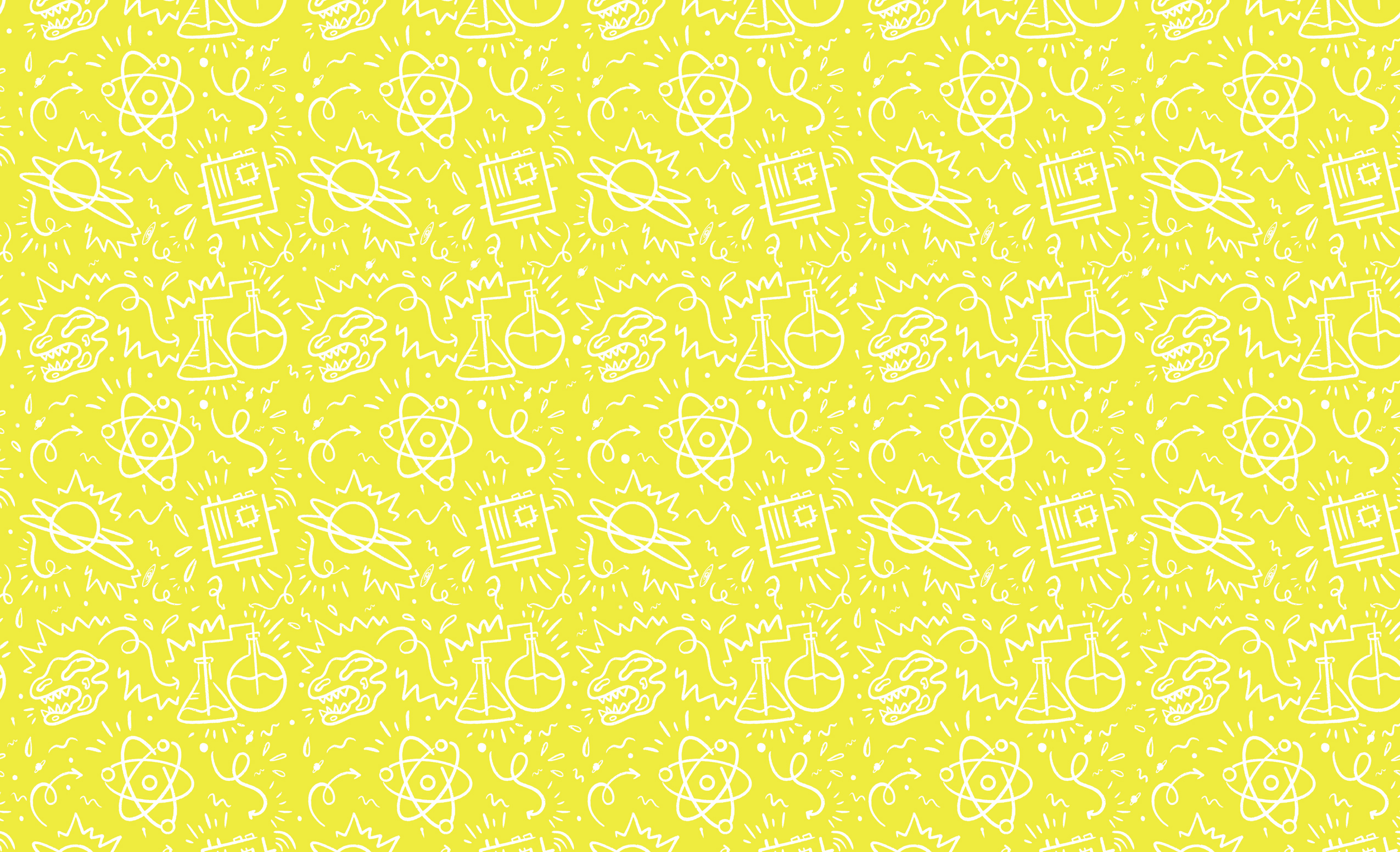
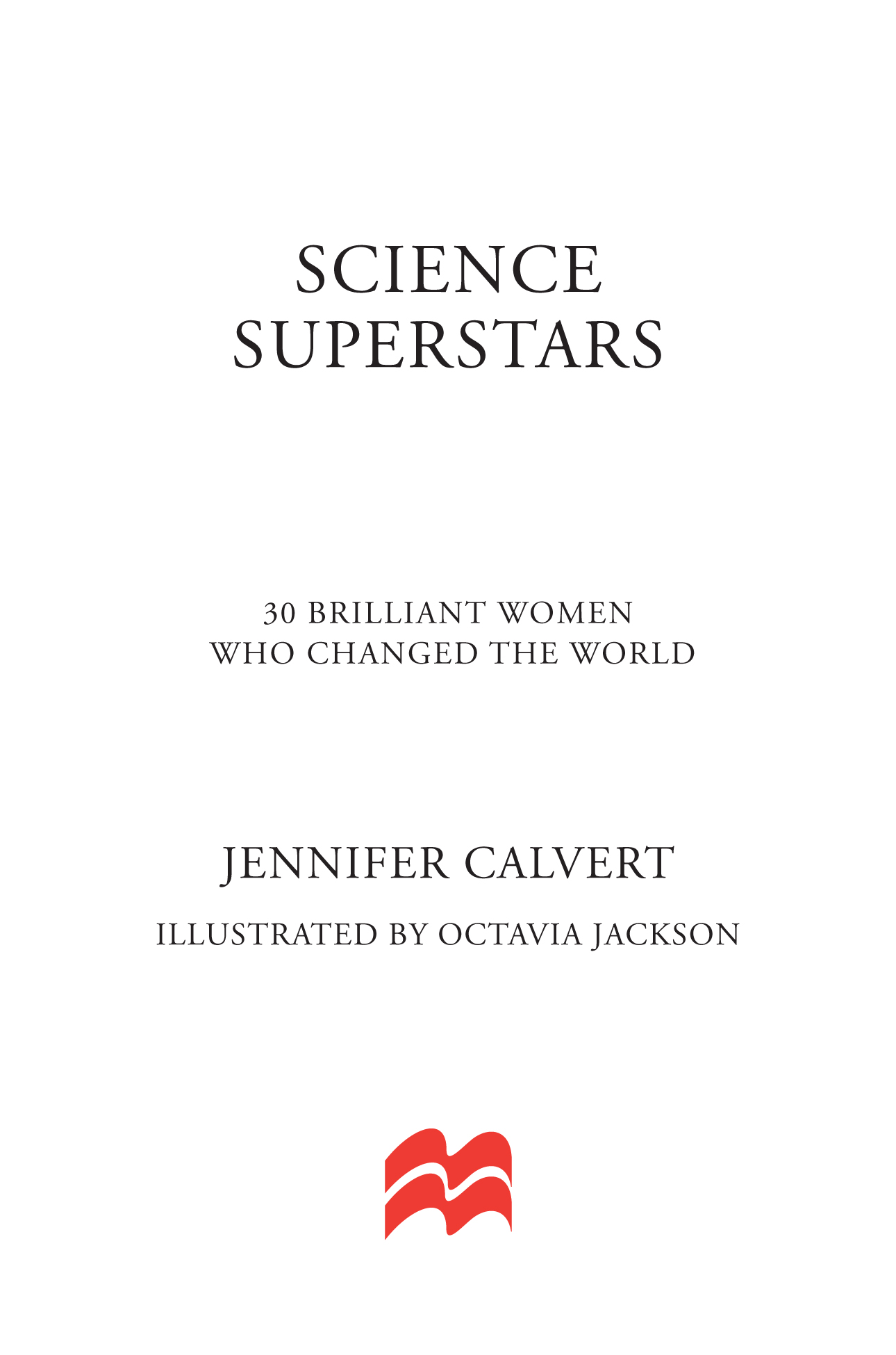
The author and publisher have provided this e-book to you for your personal use only. You may not make this e-book publicly available in any way. Copyright infringement is against the law. If you believe the copy of this e-book you are reading infringes on the authors copyright, please notify the publisher at: us.macmillanusa.com/piracy.
DONT LET ANYONE ROB
YOU OF YOUR IMAGINATION,
your creativity, or your curiosity.
Its your place in the world;
ITS YOUR LIFE.
go on and do all you can with it,
and make it the life you want to live.
MAE JEMISON, ASTRONAUT
The more clearly we
can focus our attention on
THE WONDERS
AND REALITIES
OF THE UNIVERSE
about us, the less taste we
shall have for destruction.
RACHEL CARSON, MARINE BIOLOGIST
When you picture scientists, do you see beakers and lab coats? Maybe some complex equations scribbled in a notebook and samples squeezed under a microscope lens? Its time to zoom out on that image.
Add in the scuba divers and fossil collectors, not to mention the astronauts and inventors. Dont forget the doctors who treat us and the authors who inspire us. And, of course, the barefoot explorers who help us understand the natural world around us.
The truth is, science isnt just one thing. Its everything. Its how we understand our world, from the tiniest particles to the grandest galaxies. And it takes all of usthe doers, the designers, and especially the dreamersto discover what the world is telling us. As chemist Stephanie Kwolek () put it, All sorts of things can happen when youre open to new ideas and playing around with things.
Elizabeth Blackwell () pushed past prejudice to explore space.
These are just a few of the many remarkable women who took science by storm by imagining the possibilities instead of settling for the status quo. Although they span dozens of specialties, all of these women have a few things in common: First, they embraced their curiosity. Second, they found joy in their work. And, third, they didnt let anythingnot racism, sexism, ignorance, or even warstand in their way.
Its amazing what a little curiosity can do when its coupled with that kind of passion and determination. Thats the stuff of scientific breakthroughs. So be curious. Dare to ask the big questions. Be open to the endless possibilities. The world is waiting for you to change it!

PALEONTOLOGY // BORN: 1799 DIED: 1847
I have always admired most those who lead with their eyes, like Mary Anning, for they seem more aware of the world and its workings.
TRACY CHEVALIER
 DISCOVERED NEVER-BEFORE-SEEN FOSSILS AND HELPED CHANGE THE WAY SCIENTISTS UNDERSTOOD EVOLUTION
DISCOVERED NEVER-BEFORE-SEEN FOSSILS AND HELPED CHANGE THE WAY SCIENTISTS UNDERSTOOD EVOLUTION
 HER DISCOVERIES CONTINUE TO BE DISPLAYED IN LONDONS NATURAL HISTORY MUSEUM 200 YEARS LATER
HER DISCOVERIES CONTINUE TO BE DISPLAYED IN LONDONS NATURAL HISTORY MUSEUM 200 YEARS LATER
When you think of quiet English towns, you probably dont picture dinosaurs roaming the countryside. But Lyme Regis in the southern seaside county of Dorset happened to be a hot spot for these prehistoric beasts and other long-extinct creatures. In fact, fossils were so prevalent in the area that people used to pluck them out of the sand like seashells as souvenirs. And until one smart, determined little girl came along, they had no idea of the history they were holding in their hands.
Mary Annings father taught her to look for fossils on the beaches of Lyme Regis when she was just 5 years old. His job as a cabinetmaker didnt pay much, and selling these curiosities to tourists was a handy side hustle. But when her father died, that happy pastime became necessary to provide income for Mary, her brother Joseph, and their mom. Luckily, the Annings had a natural talent for discovery.

When Joseph came across a 4-foot-long fossilized skull in 1811, Mary immediately set out to find the rest of the enormous creature. She then spent months meticulously preparing what turned out to be the skeleton of a 17-foot monster that left scientists baffled. They called the Annings discovery ichthyosaurus, or fish lizard, and paid Marys mom a tidy sum for the bones so they could study them.
WHEN LIGHTNING STRIKES
When it comes to raising children today, everything from nutrition to TV time is up for debate. But in the early 19th century, parents were focused on keeping their kids alive. Nearly half of all children born in the United Kingdom died before the age of 5, many from diseases later eradicated by vaccines. Out of 10 siblings, only Mary and her brother Joseph made it to adulthoodand even that was a miracle. At least thats what the familys pastor called it when 15-month-old Mary survived being struck by lightning. Three others died, but Marys health actually improved. Her parents even believed her precocious personality was a side effect of the strike.
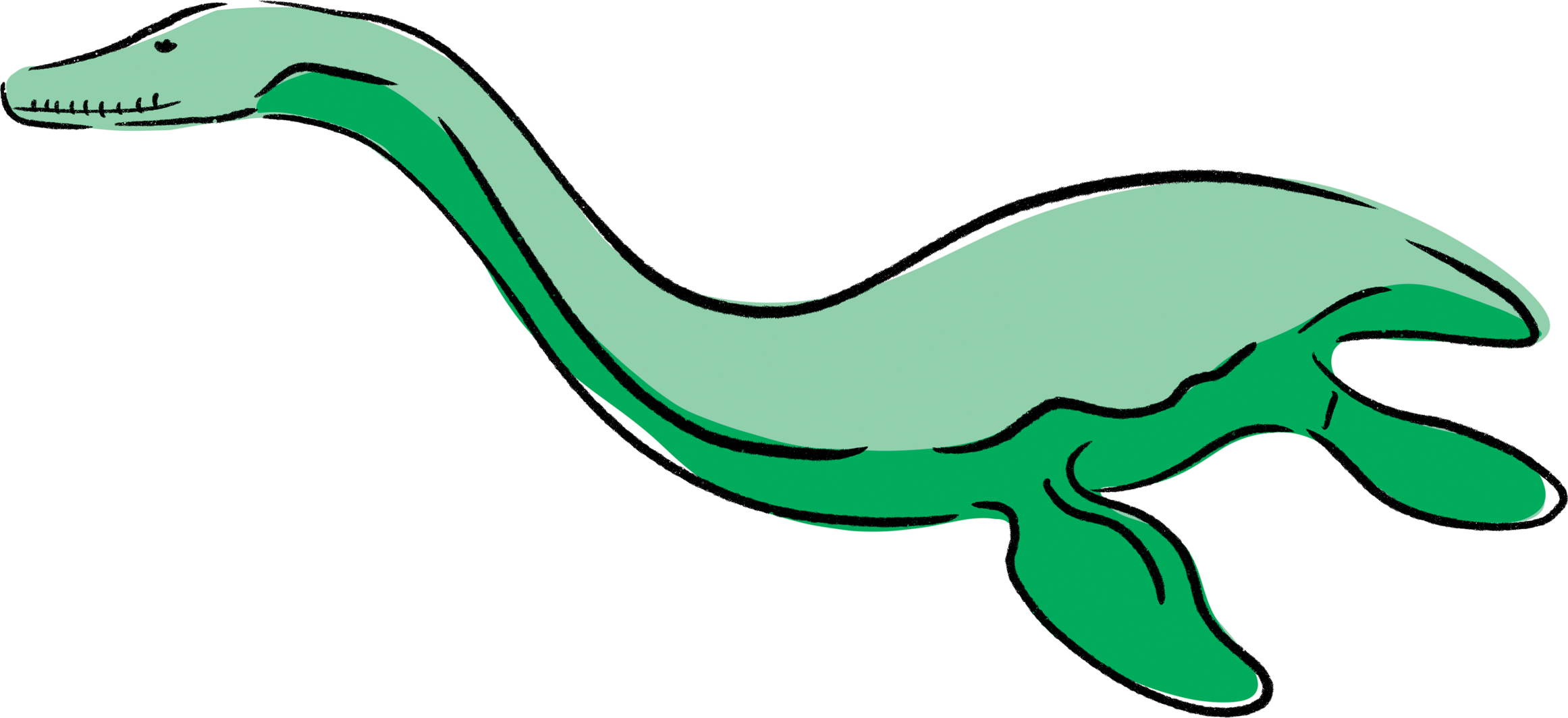
At the time of the discovery, Georges Cuvier (the father of paleontology) had only just introduced the theory of extinction. Many people still believed the Earth was only a few thousand years old. So, when they found the remains of a creature they couldnt identify, they just assumed it was still roaming the Earth somewhere. Thanks in part to Marys discoveries of multiple ichthyosaurs, we now know the marine reptiles lived between 194 and 201 million years ago (and met their fate about 65 million years ago).
Mary continued to navigate dangerous landslides in frigid winters (in heavy dresses, no less!) to discover and preserve fossils before they were washed out to sea. She unearthed creatures great and small, fish and mammal. One major discovery was a complete Plesiosaurus (another marine reptile) in 1823. Another was a mangled skeleton with wings and a long tailthe first pterosaur discovered outside Germanyin 1828.
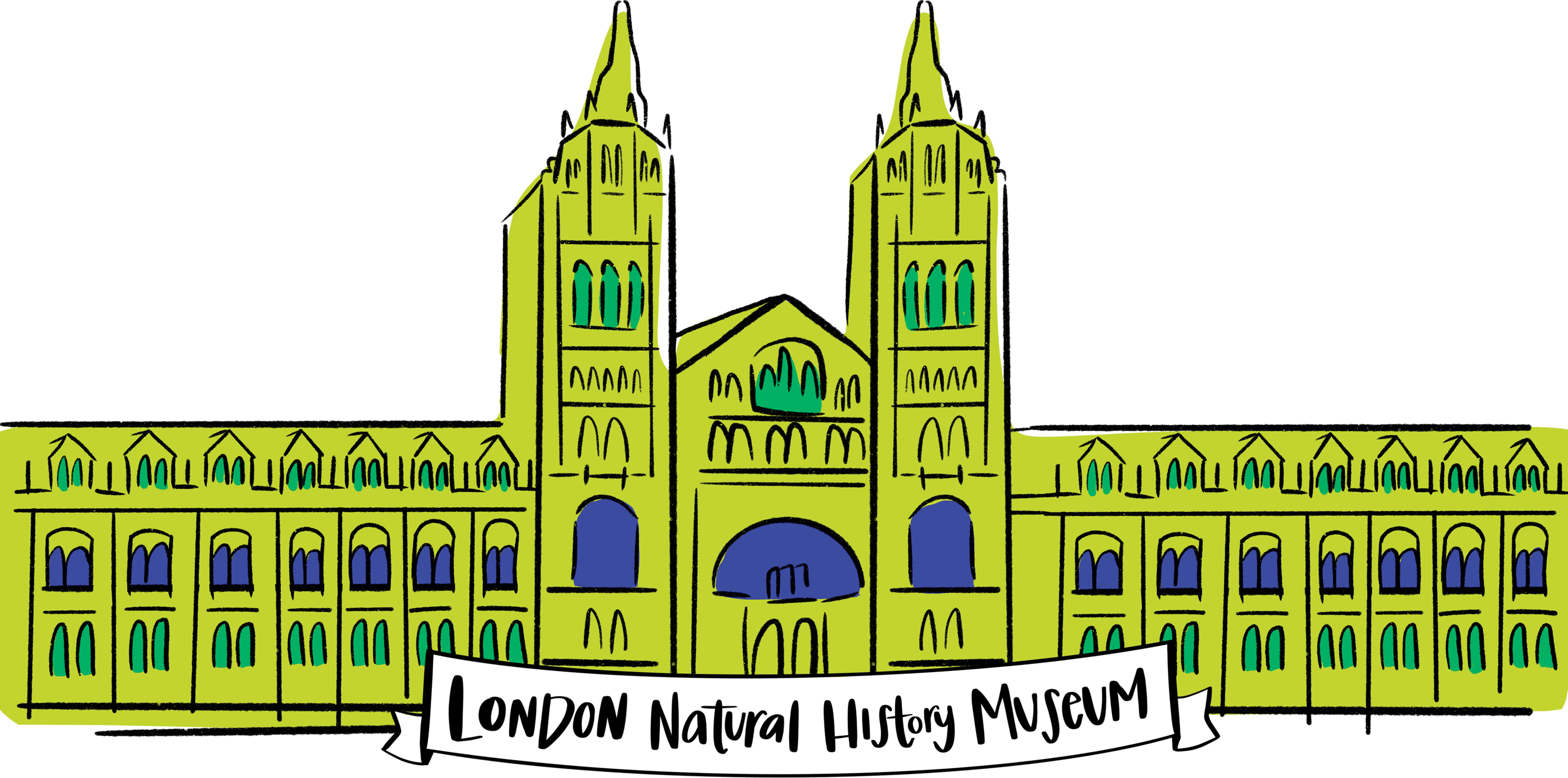
Marys expert fossil excavation and preparation, anatomical sketches, and scholarly identification made her the go-to girl among scientists in the field. They called her the princess of paleontology. But that didnt earn her any official credit when the scientists published findings about her discoveries. After all, 19th-century England was a mans world.
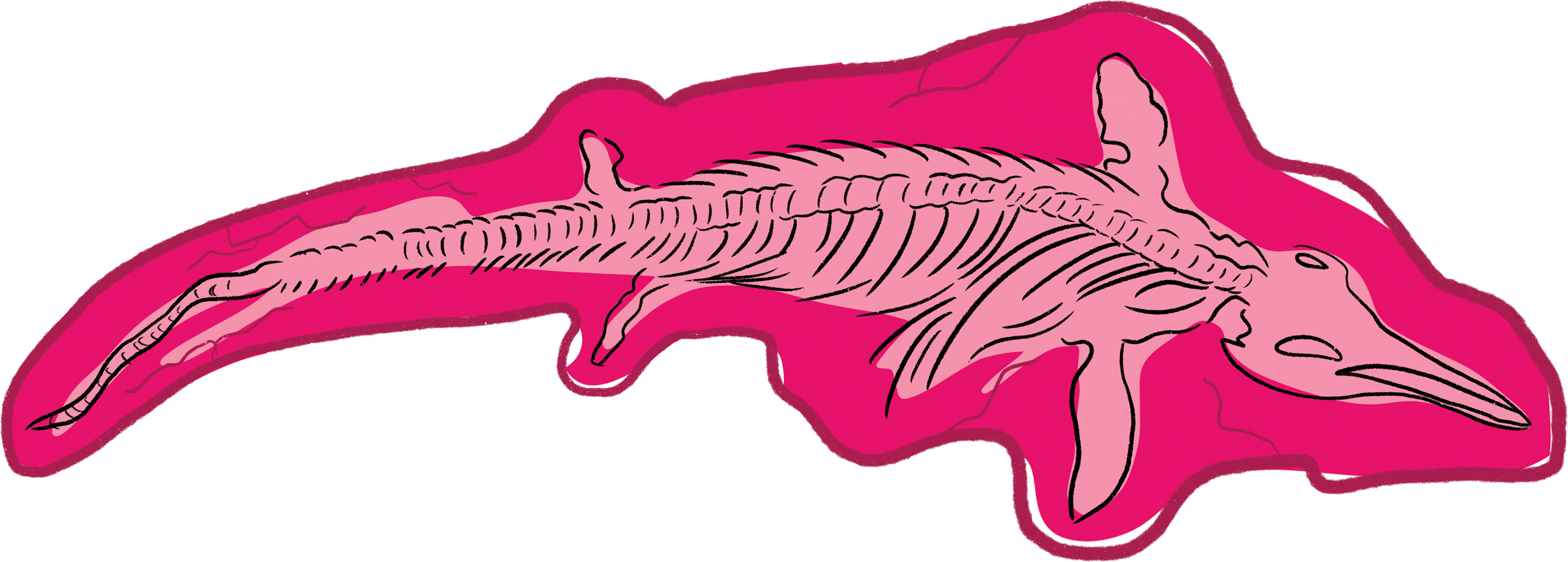
Throughout her life, Mary was underpaid and underappreciated for her painstaking and dangerous work. And she wasnt happy about it. In fact, she wrote in one letter, The world has used me so unkindly, I fear it has made me suspicious of everyone. She died from breast cancer in 1847 without ever seeing her true impact on scientists understanding of evolution, extinction, and the history of our planet. Only after her death did we begin to learn how she paved the way for women in paleontology.


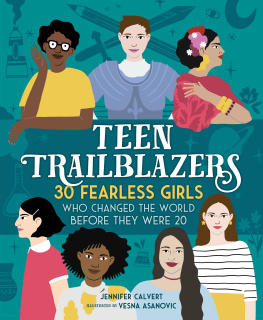
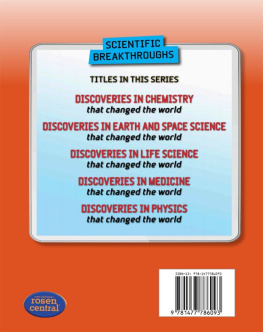
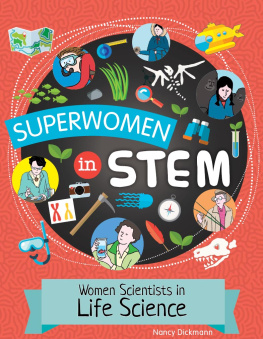
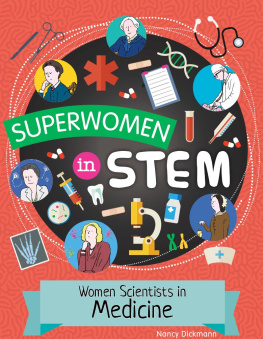
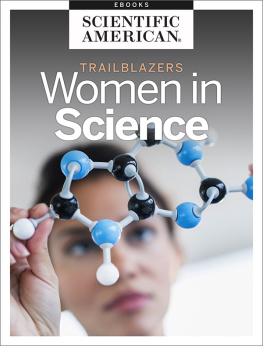
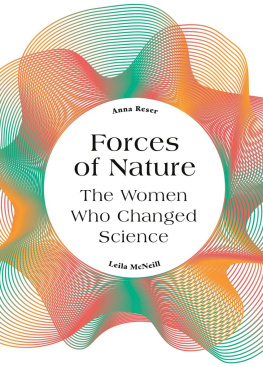
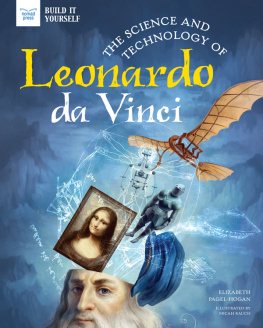
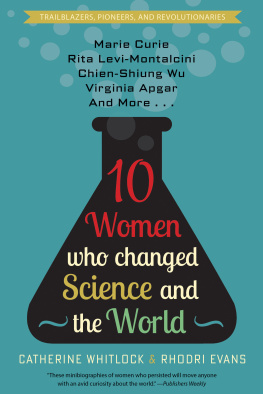
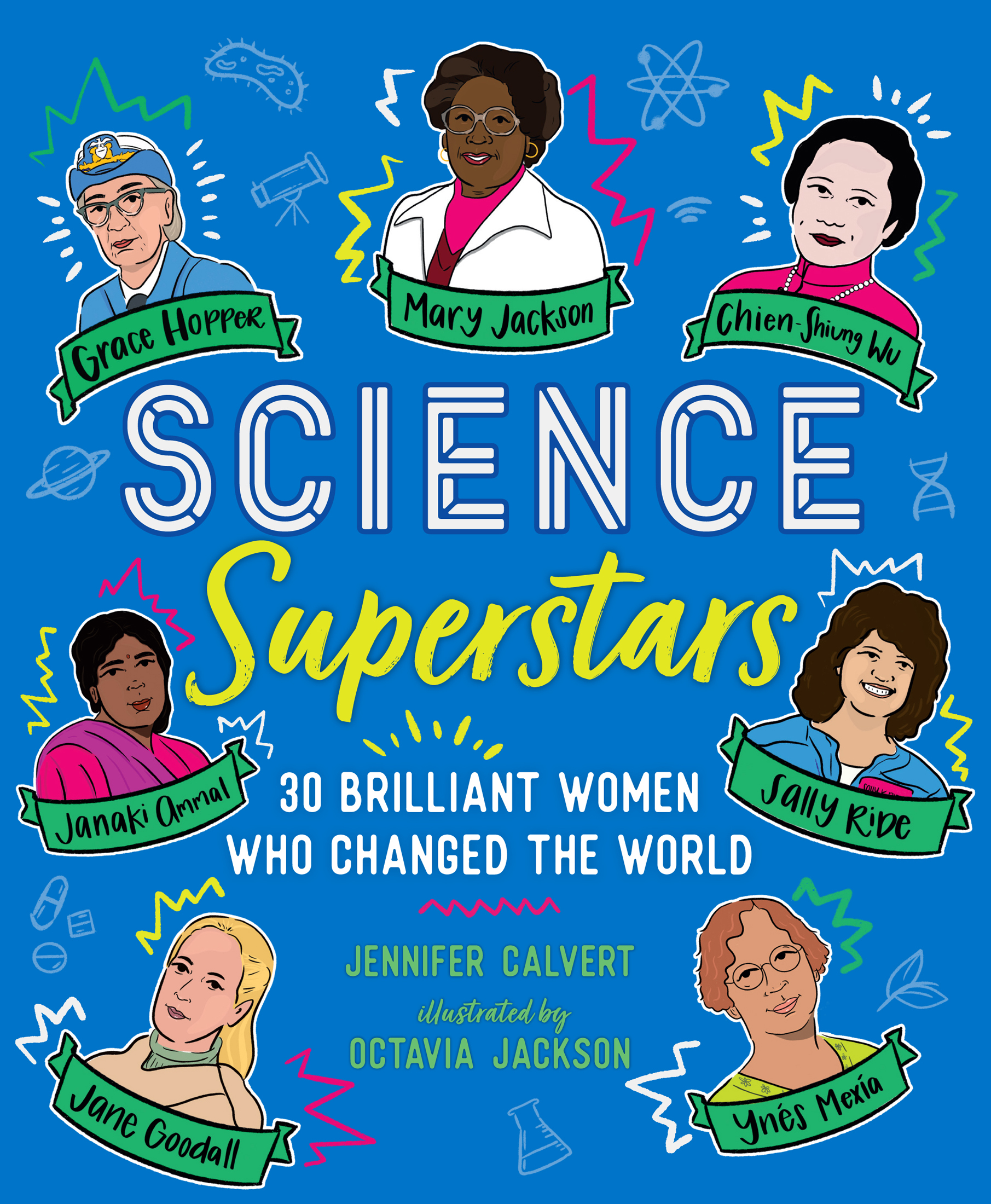



 DISCOVERED NEVER-BEFORE-SEEN FOSSILS AND HELPED CHANGE THE WAY SCIENTISTS UNDERSTOOD EVOLUTION
DISCOVERED NEVER-BEFORE-SEEN FOSSILS AND HELPED CHANGE THE WAY SCIENTISTS UNDERSTOOD EVOLUTION


